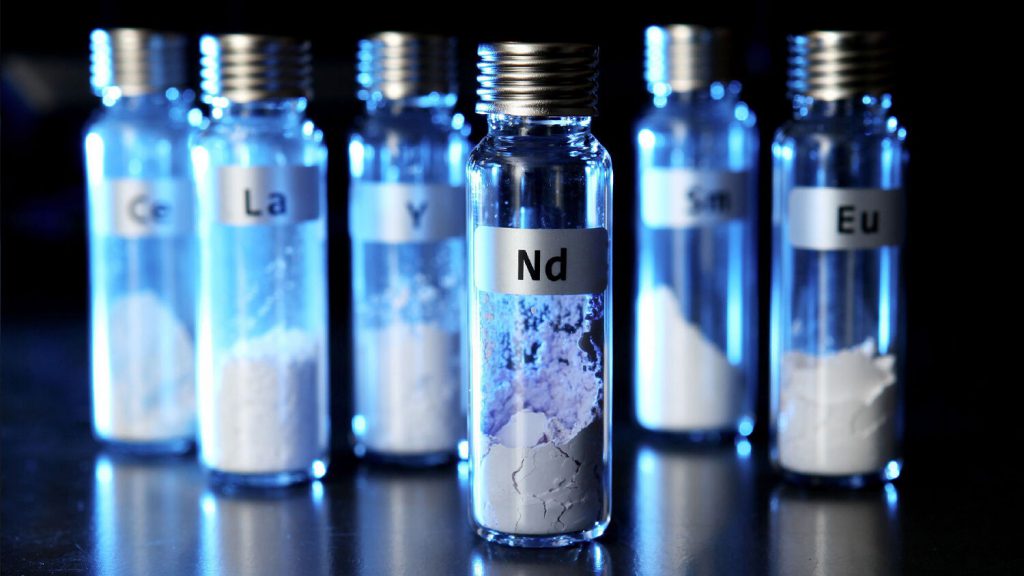World powers vying for global REEs market

By Eugene Gerden
World powers will continue to fight for global the market of REEs (rare earth elements) in years to come that will take place through the increase of their export and production volumes.
For example, Russia, which lost its leading position in the market with the collapse of the USSR, recently set an ambitious target to increase domestic production of rare metals and REEs to almost 20,000 tonnes by 2024 and up to 70,000 tonnes by 2030.
That will be part of a program recently approved by Ministry of Industry and Trade and which involves investments of 284.6 billion rubles (US$3.9 billion) already within the next 3 years.
Implementation of these plans may make Russia the world’s largest exporter of both rare metals and REEs.
As part of these plans, particular attention will be paid for the increase of production of a group of 60 elements such as lithium, vanadium, molybdenum and tungsten as well as rare earth elements that include lanthanides, scandium and yttrium.
Of the RUB284.6 billion planned investments, 62.67 billion rubles should be allocated by the state and 222 billion rubles by other investors, such as the Russian nuclear monopoly Rosatom that will invest 17.7 billion rubles, with another 144.6 billion rubles are expected to be invested by partners of the state corporation. In value terms, the potential of the Russian market is estimated at 56.9 billion rubles by 2024 and 264 billion rubles by 2030.
In the meantime, the Chinese government plans to continue implementation of its policy that involves introduction of a strict control over the exports of REE which should contribute to the increase in their value.
Currently, China still remains the world’s only country that has a full chain of REE production from mining and processing to delivery to final customers. At the end of 2020, China controlled 55% of production capacities and 85% of the processing volume of REEs.
Most of analysts believe the current policy implemented by Chinese authorities will stimulate a further growth of global REE prices in the coming months.
They also expect that India, which has rich deposits of REE on its oceanic shelf off the southern coast, could someday become one of the leading players.
Despite its rich reserves, so far, the country has not its own full-scale commercial REE production. One of the reasons of this is lack of foreign investments, since foreigners are deterred by corruption and numerous administrative obstacles in the mining sector of the country.
Prior to the middle of the 20th century, India produced REEs on its coastal sands; however, due to the tightening of global competition and the beginning of massive REE production in the US and China, the country lost its position in the global market.
In the meantime, there is also a possibility of the appearance of new players in the market whose territories contain rich REE reserves. An example of this is Greenland with its Kvanefjeld mine, one of the biggest rare earth deposits in the world.
Kvanefjeld is owned by Australian mining firm Greenland Minerals and located near the southern town of Narsaq. In addition to a large deposit of rare earth metals, it also contains uranium, a radioactive metal that may significantly complicate development of the entire field.
The rise to power of left-leaning government may put an end for ambitious plans of investors to start the development of one of the largest REE fields which is claimed to be the world’s second-largest deposit of rare earth oxides.
So far, representatives of local authorities have announced they will ban the exploration of deposits with a uranium concentration higher than 100 parts per million (ppm) due to ecology issues.
That may lead to serious losses of investors, which have already invested more than US$100 million in preparations for the development of the field.
